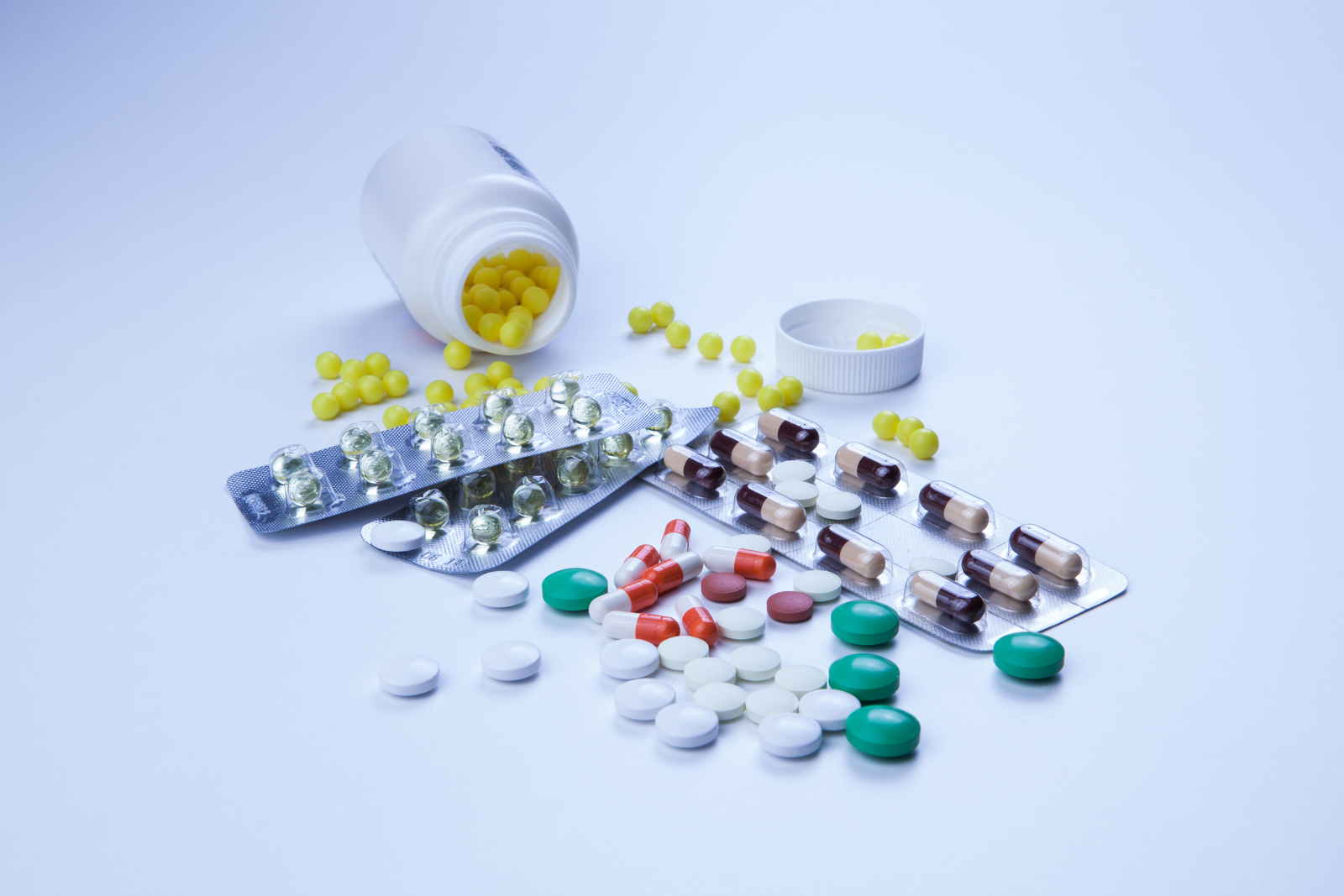Medicines are a part of our daily lives — from a simple painkiller to complex treatments that save millions of lives every year. But behind every pill, capsule, or bottle lies a world of fascinating science and careful regulation. Here are five interesting facts about medicines you probably didn’t know.
1. Every medicine starts with years of research
Before a medicine reaches the shelves, it goes through an average of 10 to 15 years of research and testing. Scientists first identify potential active ingredients, then conduct laboratory tests and clinical trials to ensure safety and effectiveness. Only a small fraction of the compounds tested ever become approved medicines.
2. The color of a pill isn’t random
Pharmaceutical companies carefully choose colors and shapes for medicines. These choices can affect how patients perceive the medicine — for example, blue pills are often associated with calmness or sleep, while red or orange pills are seen as energizing. It’s a mix of psychology and design!
3. Generic medicines are just as effective as brand names
Many people think generic medicines are lower in quality, but that’s not true. Generic medicines contain the same active ingredients and must meet the same strict standards as brand-name drugs. The main difference? Generics are usually more affordable because they don’t carry the original brand’s research and marketing costs.
4. Temperature matters
Medicines are sensitive to temperature and humidity. That’s why they should always be stored in a cool, dry place — not in the bathroom or near a window. Even small temperature changes can affect their stability and effectiveness over time.
5. The expiration date really matters
Unlike some foods, medicines don’t become dangerous right after their expiration date, but they can lose their effectiveness. Using expired medication can mean you’re not getting the full treatment effect, which can be risky in some cases. Always check the date and ask your pharmacist if you’re unsure.



